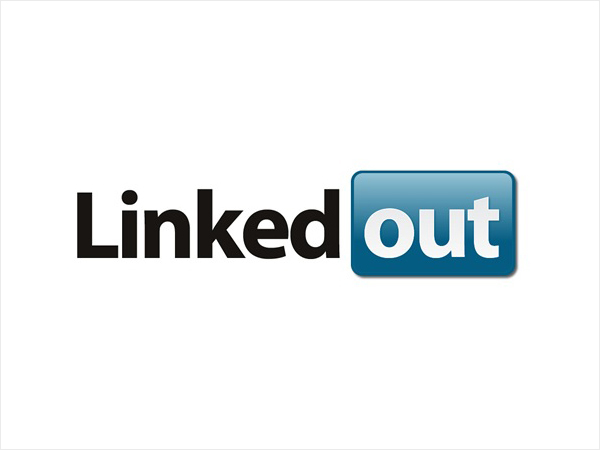 Several people over the last few weeks have told me how technology makes it easier to build a network. I believe the opposite to be true and that technology makes building an effective network more difficult than ever before. The ease of friending someone on facebook or adding a new connection on LinkedIn makes building meaningful new relationships harder than ever before. Where before you picked up the phone or set up a meeting to get coffee, today you just click 1 button and add someone to your “network.”
Several people over the last few weeks have told me how technology makes it easier to build a network. I believe the opposite to be true and that technology makes building an effective network more difficult than ever before. The ease of friending someone on facebook or adding a new connection on LinkedIn makes building meaningful new relationships harder than ever before. Where before you picked up the phone or set up a meeting to get coffee, today you just click 1 button and add someone to your “network.”
Let’s analyze the widely popular notion that LinkedIn makes it easier to build a network. I get dozens of LinkedIn requests from people I’ve never met or had very brief passing encounters with. See below:

The reason you see the number 14 red icon by the little person sign in the above image is because I have not accepted LinkedIn requests from 14 people. Why? Because I don’t know these people. I have not met them. Someone did not introduce us. I literally do not know if this person is real or a bot created by someone in the interwebs.
Does my acceptance of any of these requests really add to either of our networks? If someone else in my network asked to meet that person or asked me something about that person could I provide any insight? I ignore these requests. I do not know the acceptable protocol, and I am not trying to offend anyone, but I find it very hard to add someone to my network unless I can help them. I’ve found this becomes even more difficult when you work for a large organization. For example, say you work at Marriott International who currently has close to 200k employees (pre pending acquisition). People at Marriott routinely get LinkedIn requests from distant colleagues in different places all over the globe who they have never met. Should a Marriott executive accept every request? Does doing so add any value to anyone anywhere?

I see the value in leveraging LinkedIn or other public networks for prospecting, general networking, or preparing for a meeting. I sometimes ask for help from my network to prepare for a meeting because, for example, someone I know may have worked with the individual I am meeting. However, I am increasingly seeing a trend that people do not really know the people in their “networks.” I can’t count the number of times I have reached out to a colleague or contact and asked for an introduction to someone in their “network” only to get a response similar to, “Oh, I haven’t actually talked to Bob in 8 years and have no idea if he will remember me.”
I have two simple rules for my network. If I can’t send an email or make a phone call and receive a response in a timely manner, I probably shouldn’t have this person in my network. Likewise, if someone in my network were to drop me a note or give me a call and I would not get back to them in a timely manner, I probably shouldn’t have them in my network.
I make it a habit to clean out my Outlook and LinkedIn contacts periodically. This is increasingly challenging because in order to use my rule I have to reach out to everyone in my network (you see what I did there!).
You can easily implement some of the techniques I find to be successful on LinkedIn by doing the following.
- Reach out to your network (whether they are on LinkedIn or not) at least once a quarter with a meaningful touch point.
- If you do not get a response after 3 consecutive attempts, consider ending the relationship. It is unlikely you have a real relationship with them.
- Constantly think about how you can help your network. If you need ideas, you can read my take on how to help someone here. Just thinking about people goes a very long way. This thinking will serve you well with technique # 1.
Do you have any best practices you recommend when it comes to managing your personal relationships?
At Solvegy, we are constantly looking for ways to help. To help our clients, to help our employees, and to help our communities. Most of the time we are fortunate enough to get to help all three at the same time!